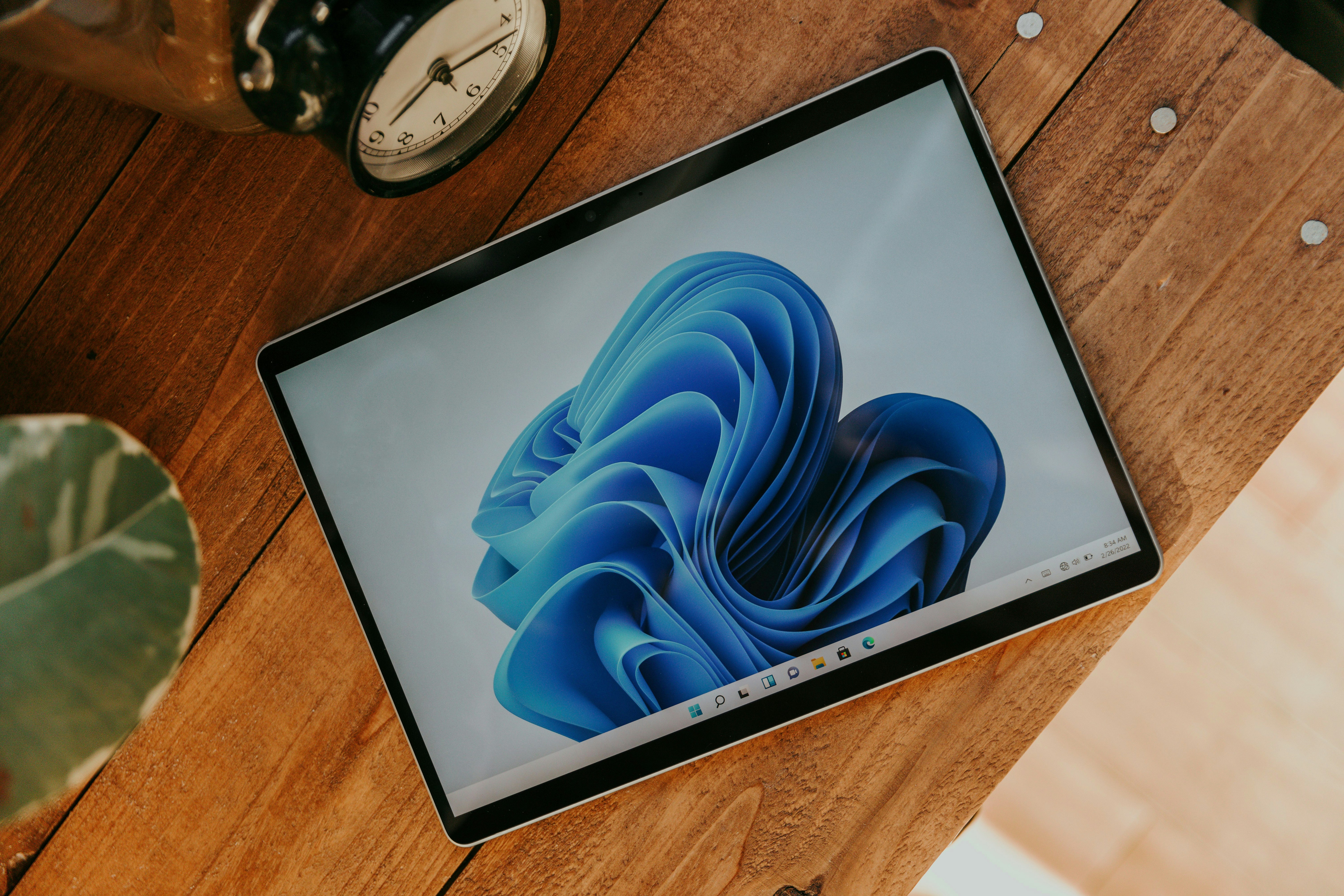"A New Dawn: Digital Twin Technology and Its Transformative Impact"
Digital Twin technology, although not a new concept, is rapidly gaining momentum and becoming a buzzword in the tech world. This technology is set to revolutionize industries from manufacturing to healthcare, promising a future where the physical and digital realms are intertwined. This article delves into the intriguing world of Digital Twin technology, its roots, and the sweeping changes it is poised to bring.
The Emergence and Evolution of Digital Twin Technology
Digital Twin technology was first conceptualized by NASA during the early stages of space exploration. The agency used it to simulate space capsules, allowing them to troubleshoot and predict potential issues. From these humble beginnings, Digital Twin technology has evolved into a dynamic tool, enabling the creation of virtual replicas of physical systems, processes, or products.
The Current Landscape of Digital Twin Technology
Currently, Digital Twin technology is being embraced by industries worldwide. From GE using it to optimize wind farms, to Siemens using it to enhance the manufacturing process, the applications appear limitless. According to a study by Gartner, by the end of 2021, half of large industrial companies will use Digital Twins, resulting in a 10% improvement in effectiveness.
The Power and Potential of Digital Twin Technology
The true strength of Digital Twin technology lies in its ability to synthesize large volumes of data into a comprehensive, real-time virtual model. This provides a holistic view of a system, allowing businesses to predict outcomes, optimize operations, and innovate products. For instance, in healthcare, Digital Twins of patients could lead to personalized treatment plans and improved patient outcomes.
The Market Impact and Estimated Price Range
The Digital Twin market is expected to reach $48.2 billion by 2026, according to a report by Markets and Markets. The widespread adoption of IoT and the growing need for advanced visualization tools are key growth drivers. While the initial investment may seem high, the long-term cost savings and efficiency gains can outweigh the upfront costs.
The Future of Digital Twin Technology
The future of Digital Twin technology appears bright, with advancements in AI, machine learning, and IoT poised to further enhance its capabilities. The technology could potentially revolutionize industries, from smart cities to autonomous vehicles. With the power to bridge the gap between the physical and digital worlds, Digital Twin technology may well be the next big milestone in our digital evolution.
In conclusion, Digital Twin technology, with its ability to replicate the physical world in a digital platform, holds immense potential. As the technology matures, its adoption and impact are expected to grow, transforming industries and shaping the future. Amidst this digital revolution, one thing is clear - the dawn of the Digital Twin era is upon us.





